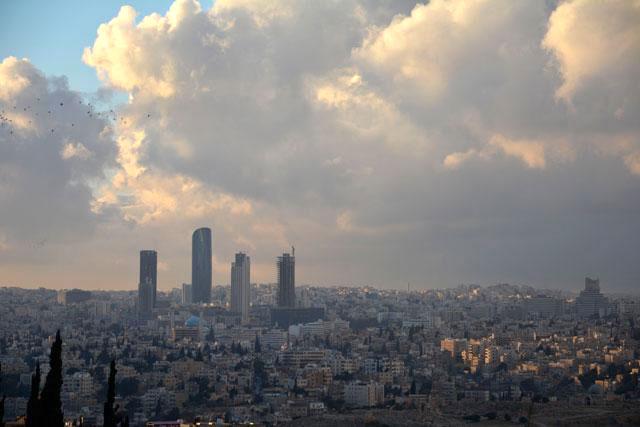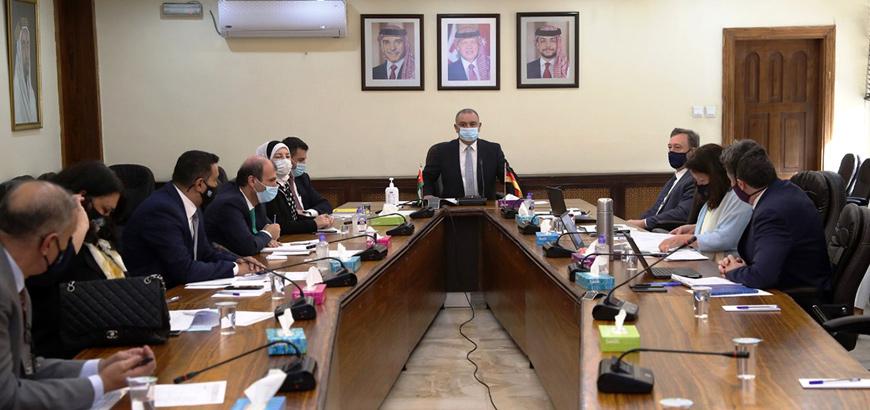You are here
Jordan receives $3.438 billion in foreign aid in January-November 2023 — ministry
By JT - Dec 04,2023 - Last updated at Dec 04,2023
AMMAN — The value of foreign aid committed to Jordan in grants and soft loans from January to November 2023 reached $3.438 billion, the Ministry of Planning and International Cooperation said on Monday.
The aid includes multiple forms of support, including regular grants, soft loans and additional grants aimed at bolstering the Jordanian response plan to the Syrian crisis, according to a ministry statement cited by the Jordan News Agency, Petra.
Regular grants, amounting to $1.346 billion, were allocated for various development projects in sectors such as water and sanitation, economic development, education, health, public sector modernisation, justice, good governance, human rights, employment, vocational training, livelihoods, gender, agriculture, food security, environment, capacity building, youth, sports, entrepreneurship and partnership with the private sector, the statement said.
Soft loans, totalling $1.584 billion, were directed towards development projects in sectors including water, sanitation, education, economic development, energy, and sectorial support through the budget. These projects are implemented through the Ministry of Finance and other relevant ministries and institutions.
In addition to regular and soft loans, foreign aid included additional grants to support the Syrian crisis response plan, amounting to $506.8 million.
This allocation is distributed across various components of the plan, with $132.4 million designated for supporting service projects in host communities, $31.4 million for the general budget, and $343 million for supporting Syrian refugees, according to the statement.
This funding represents about 23 per cent of the total amount required to support the response plan in 2023, which stands at $2.2 billion, the statement said.
The foreign aid was allocated across diverse economic sectors, with the general budget support sector receiving 39 per cent, water and sanitation 25 per cent, energy 11 per cent, education 8 per cent, health 6 per cent, economic development 3 per cent, and the tourism sector 3 per cent. The remaining 5 per cent was distributed among other sectors.
Related Articles
AMMAN — The government has concluded negotiations to obtain new foreign assistance worth $1.6 billion (JD1.16 billion), to be signed in July
AMMAN — The German government, under the minutes of meeting of the annual Jordanian-German discussions on development cooperation for 2020,
AMMAN — The total foreign aid pledged to Jordan in 2020 by donor countries and financing institutions stood at $3.73 billion by the end of N

















